The blueprinted rotor is currently at the balancers. It is being balanced to the highest accuracy possible.
I have designed the rotor to be able to achieve 500,000rpm - 1,000,000rpm using Tesla's atmospheric air bearing design.
It would be wise to go to the Nikola Tesla museum and check out his design in person. I have a fair idea of how he did it.
Off the shelf air bearings of this size are only capable of 140,000rpm, which would certainly do for now.
To achieve transonic speed either using vacuum or compressed air we need to reach 52,000rpm using this 126mm rotor.
The air will become 85 times as viscous which I can only imagine will be similar to injecting a large amount of nitrous oxide into a performance engine.
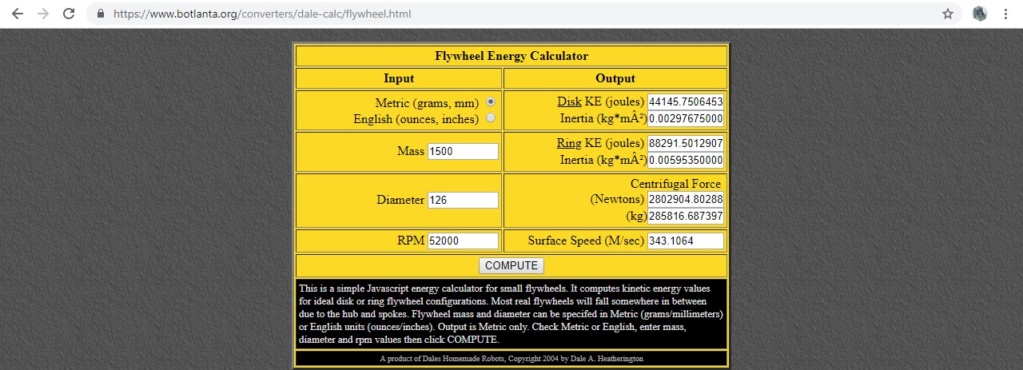
I have designed the rotor to be able to achieve 500,000rpm - 1,000,000rpm using Tesla's atmospheric air bearing design.
It would be wise to go to the Nikola Tesla museum and check out his design in person. I have a fair idea of how he did it.
Off the shelf air bearings of this size are only capable of 140,000rpm, which would certainly do for now.
To achieve transonic speed either using vacuum or compressed air we need to reach 52,000rpm using this 126mm rotor.
The air will become 85 times as viscous which I can only imagine will be similar to injecting a large amount of nitrous oxide into a performance engine.

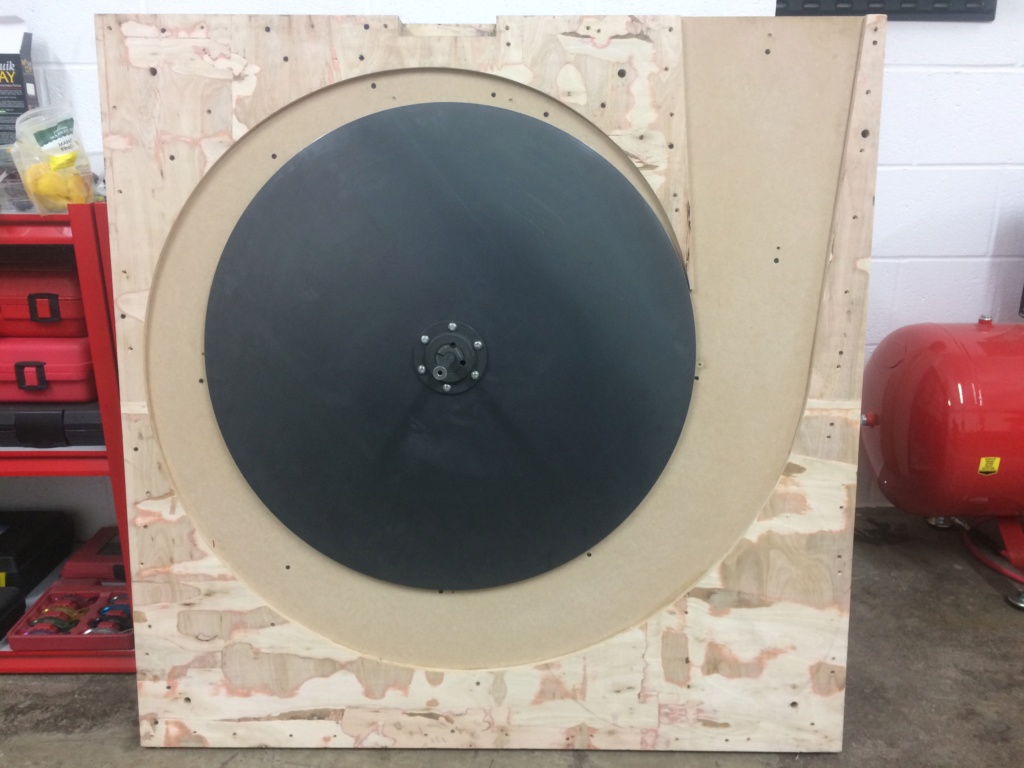
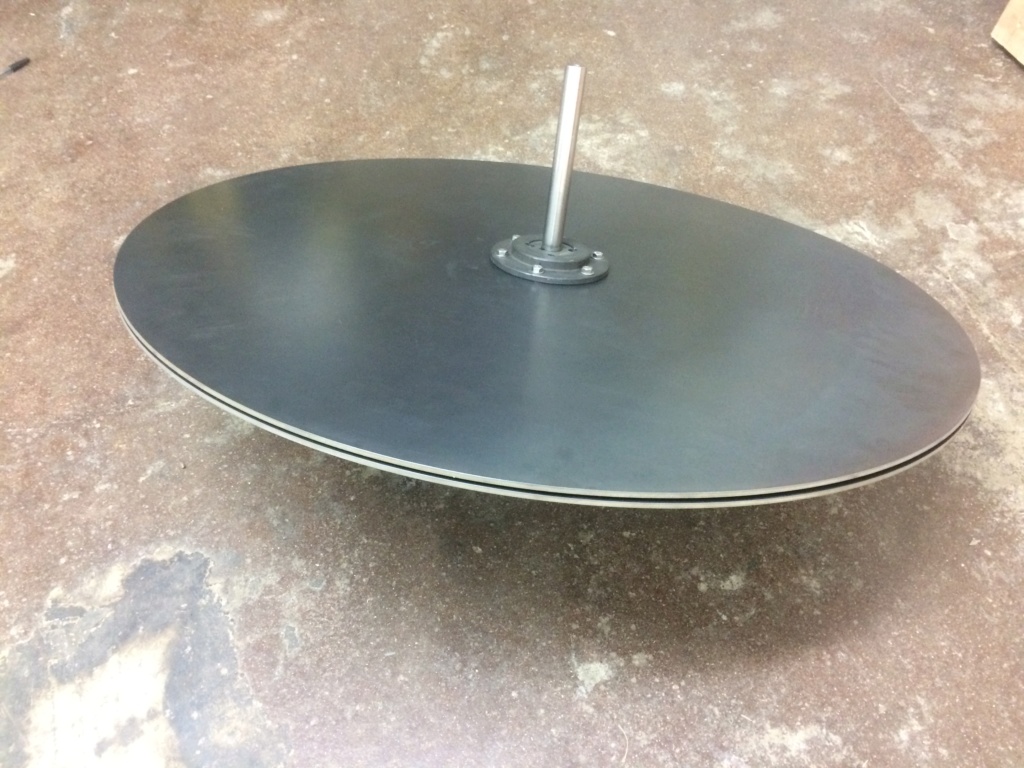

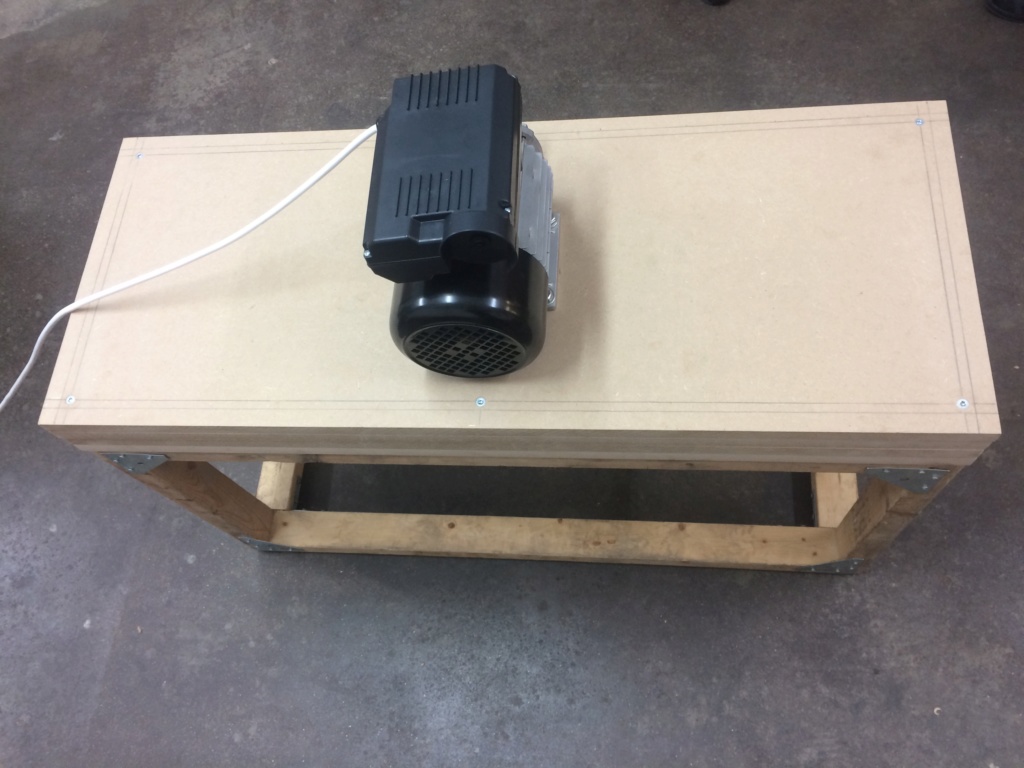
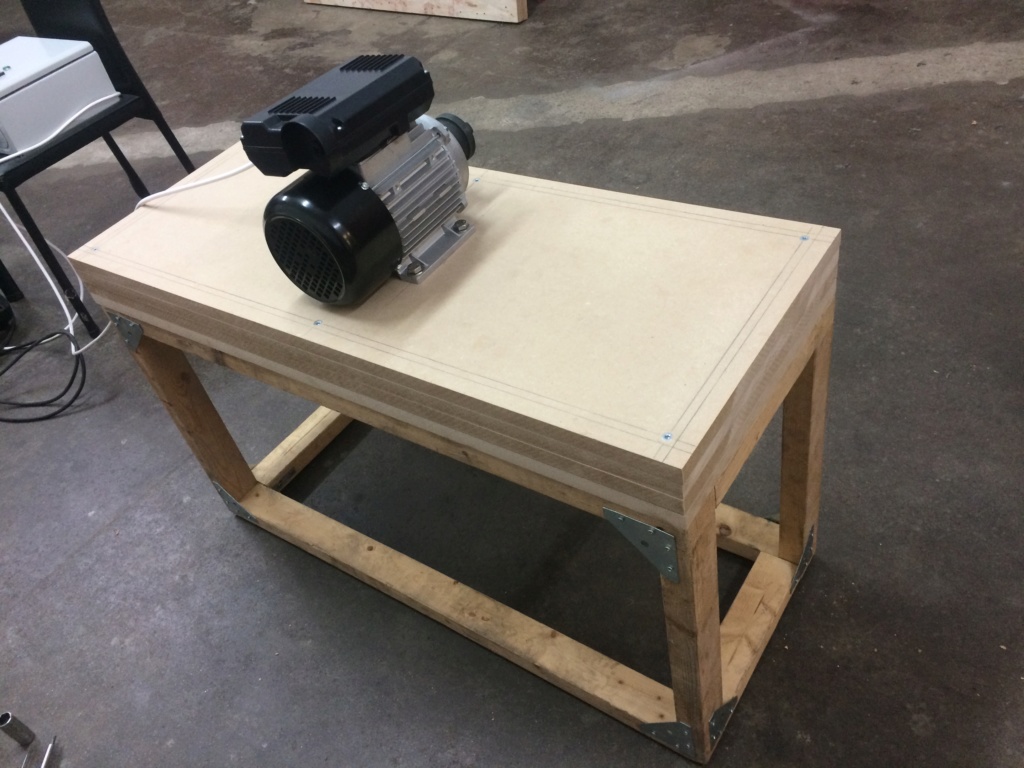
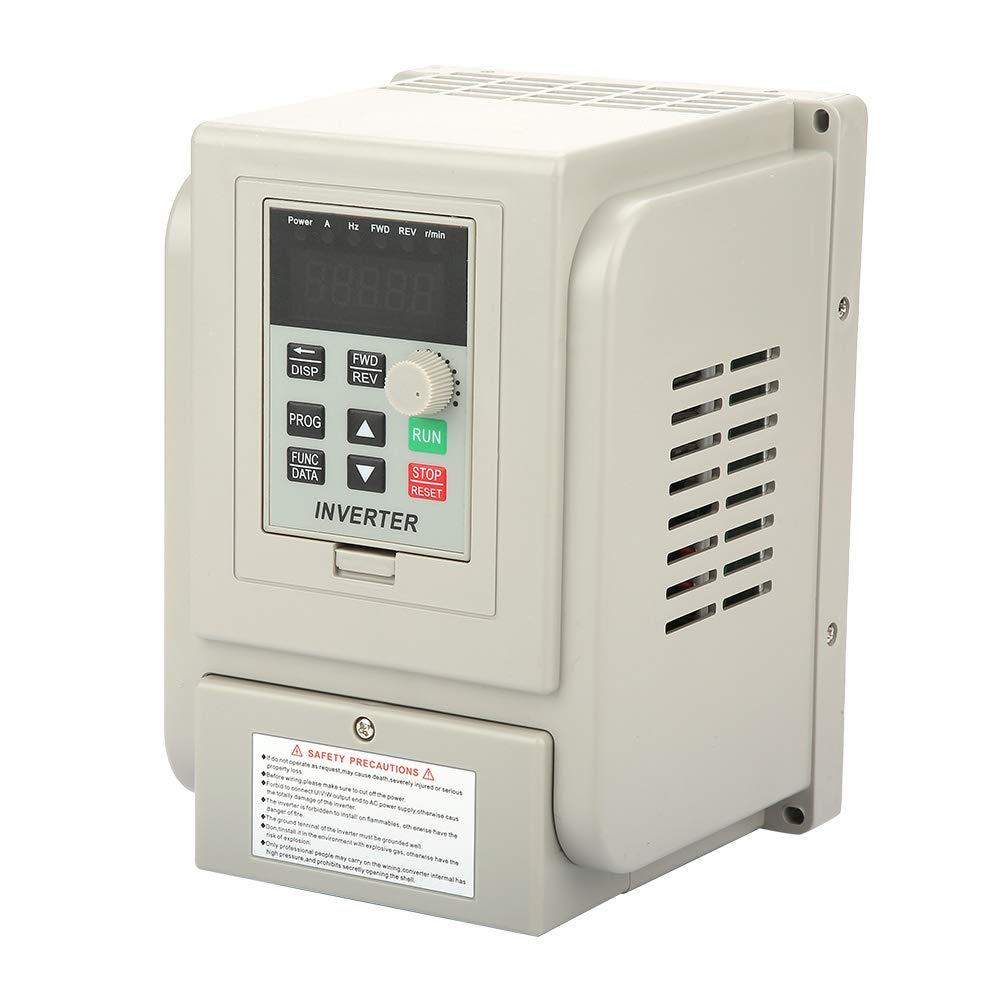
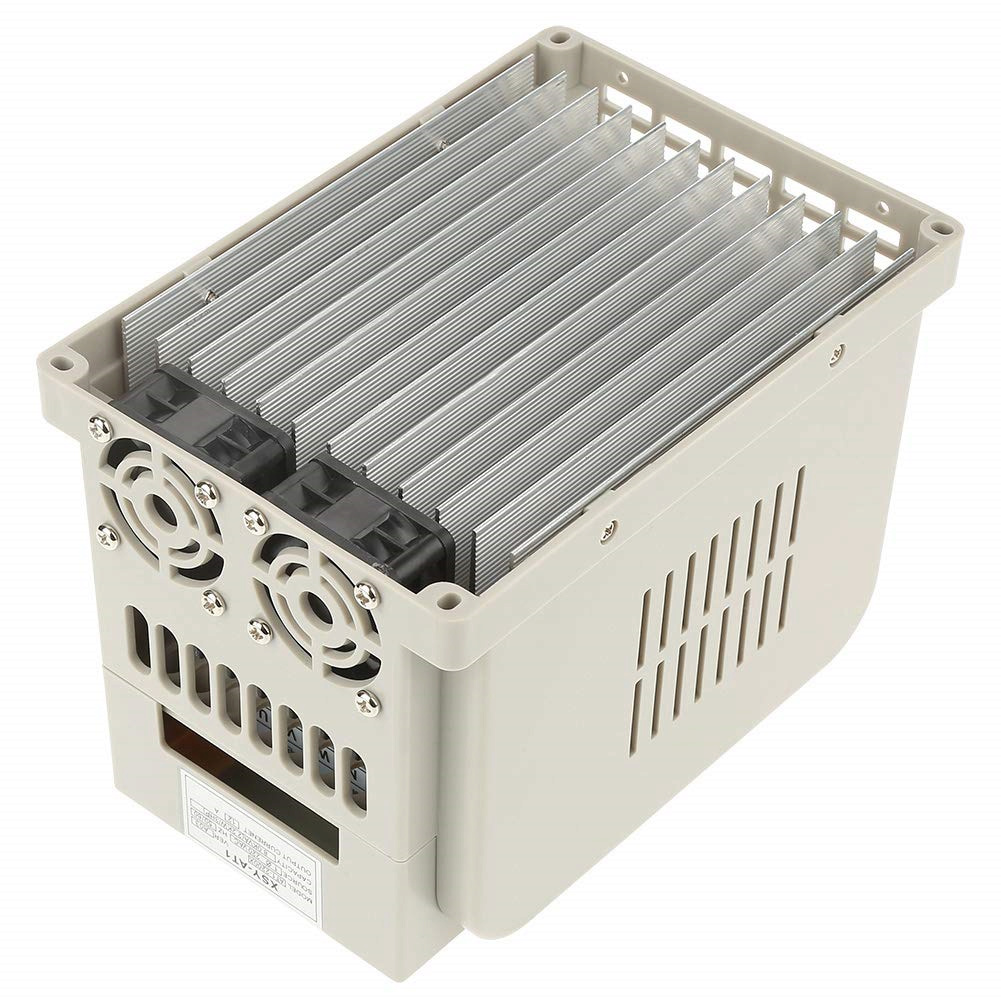
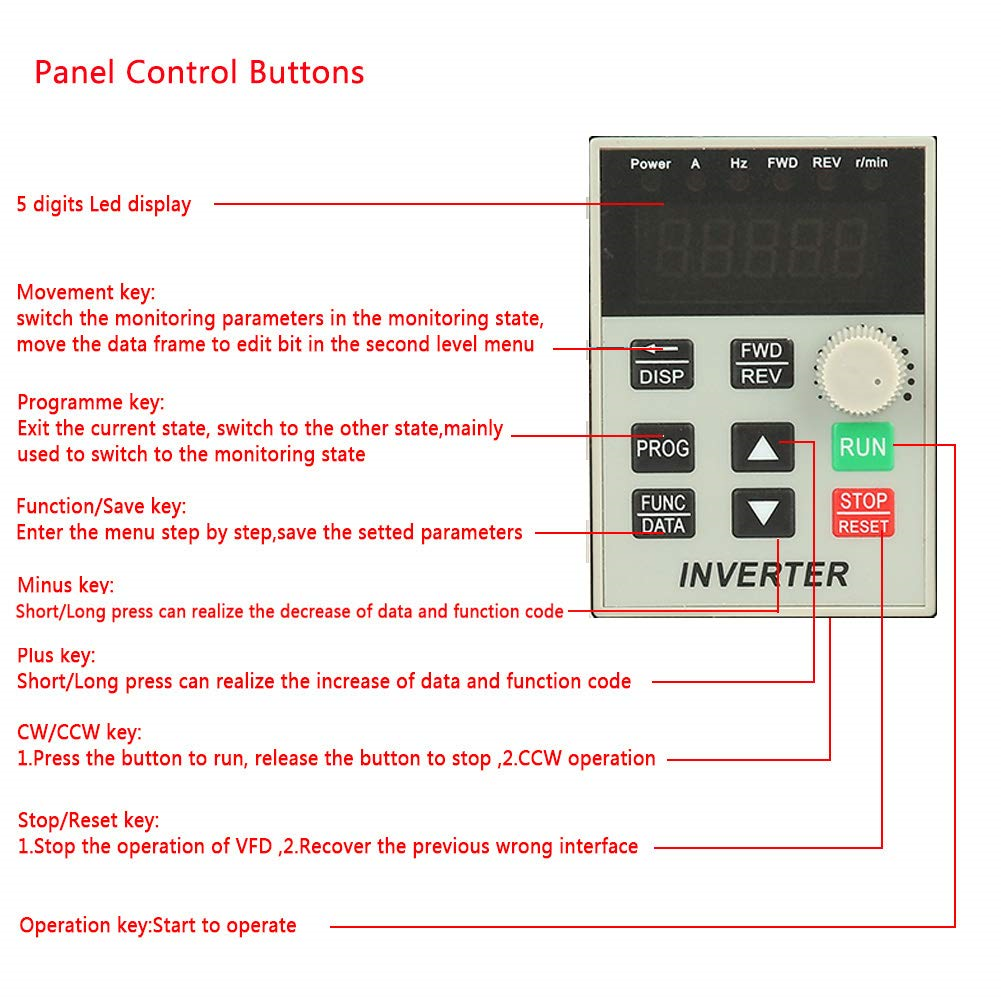







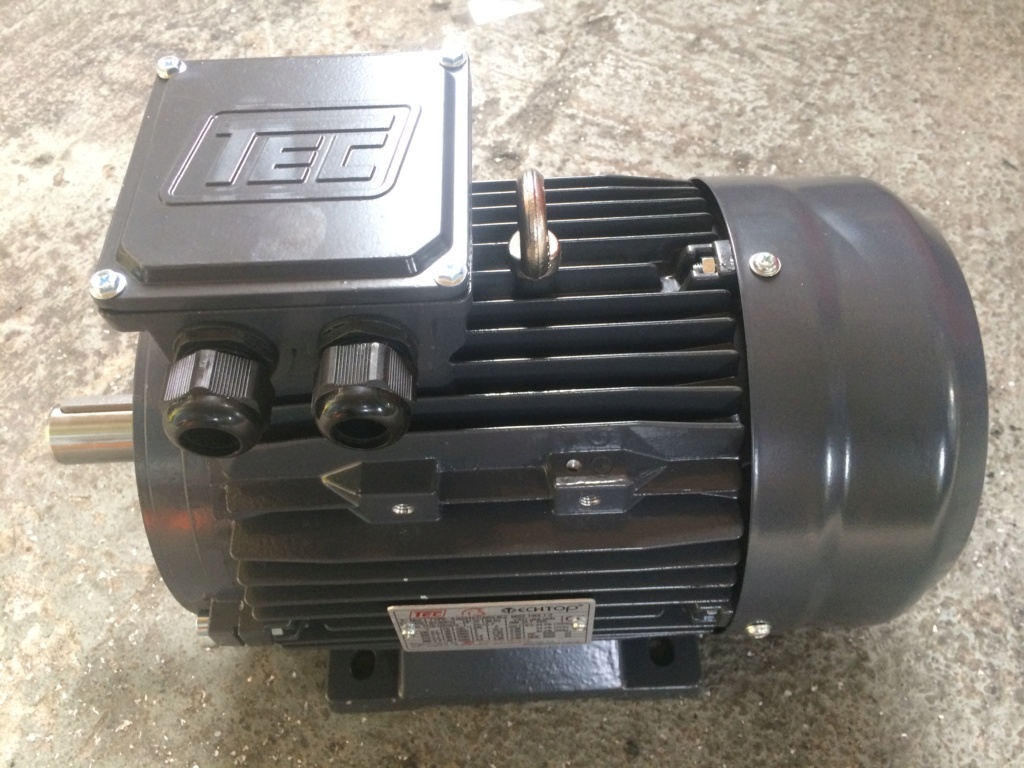

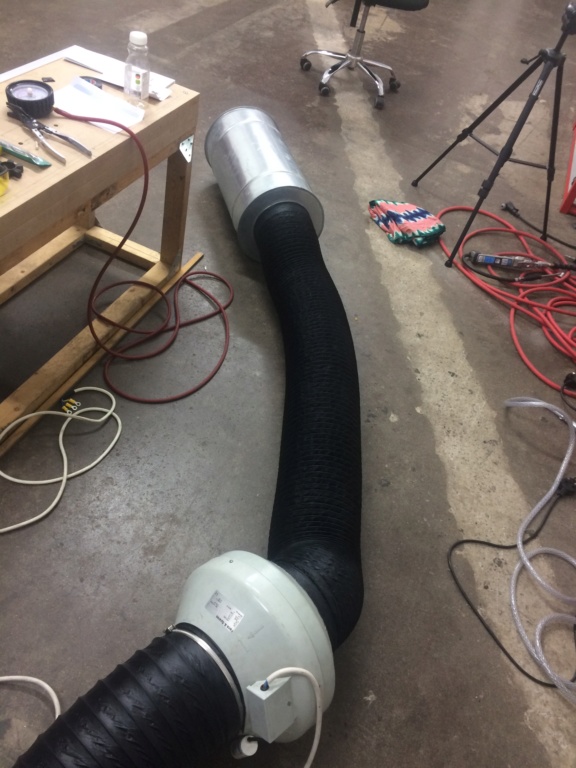

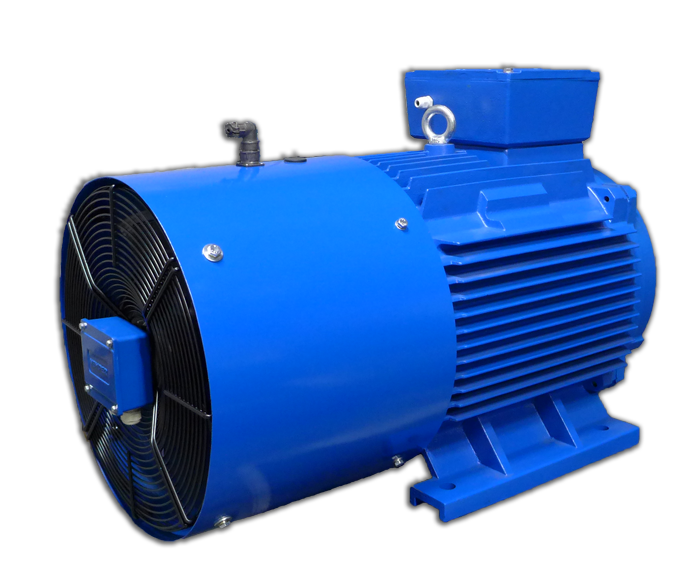

Comment